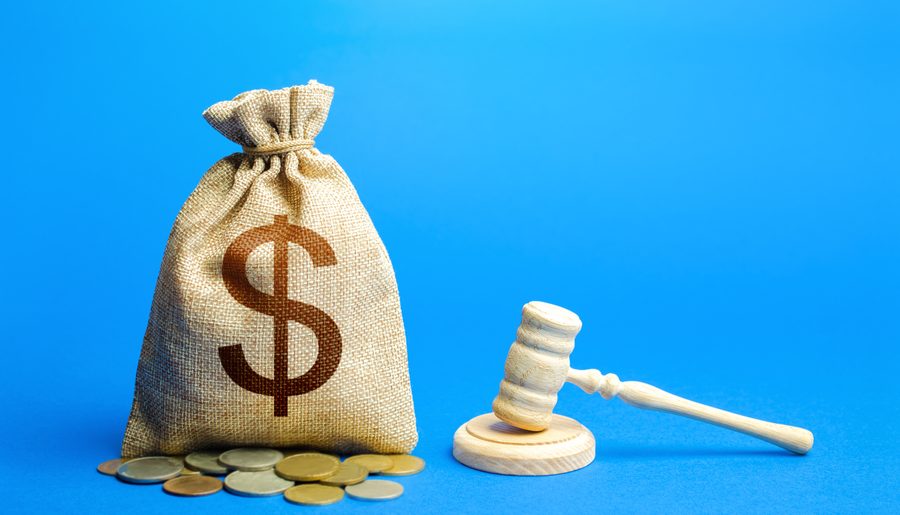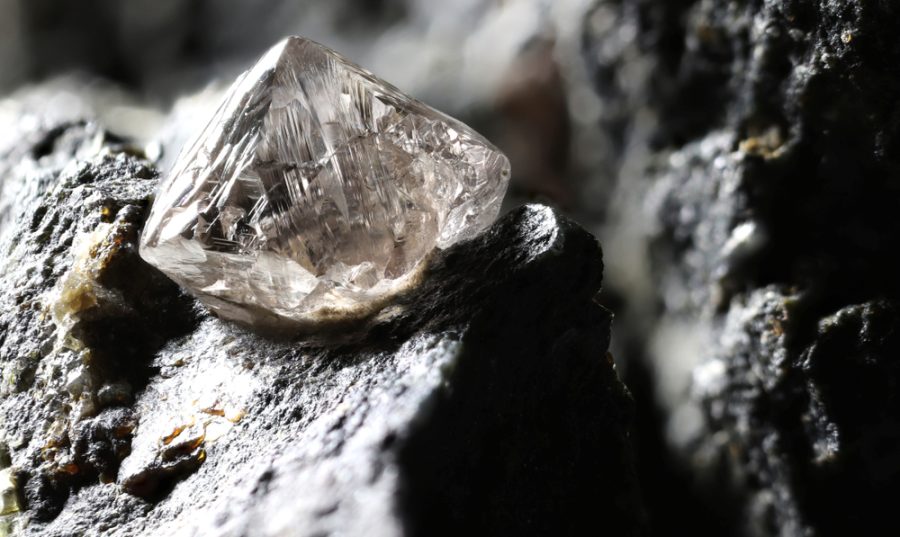Seems unnecessary to retain a cause and origin expert to investigate a water loss. Both the insured and field adjuster have identified the “cause” and “origin” simply by observing water leaking from the water supply line. Should the adjuster then simply collect the subject water supply line and ship it off to a vendor for a lab inspection or is there value in retaining a local expert?
While collection, preservation, and inspection of the evidence are of upmost importance to the subrogation investigation, there is still more that needs to be done for an effective and efficient investigation. The cause and origin expert (for water losses, we would actually refer to them as a forensic plumbing consultant or an engineering technician) can get the requisite background information, document the scene, and check the plumbing system.
Simply collecting the subject line and having it inspected may tell you whether or not there is a manufacturing defect, materials deficiency, or tool markings, but it doesn’t tell you how the line was used, what the water pressure was at the time of the loss, where the line was located and what was stored nearby, whether there were pressure relief valves installed on the plumbing system, whether there are exemplars at the property, whether there is evidence of tool marks on the other connectors, etc.
Without the above information from the start and from a reliable expert, the subrogation professional has to work backwards, collecting the information weeks or months after the loss, losing time and potential evidence to support the claim.
We recommend getting an expert out to the scene for water losses in order to do more than just collect the failed line, additional investigation includes, but is not limited to:
- Documenting the surrounding area where the subject supply line was located when it failed;
- Testing the water pressure;
- Inspecting the plumbing system for use of filtered water, pressure relief valves, arrestors, leak monitoring alarms, etc.;
- Inspecting other factors (i.e., soil samples if underground, anti-freeze levels and exterior temperatures if exposed to the elements, etc.);
- Identifying the product, installer, manufacturer, age, model #, serial #, etc.;
- Talking to neighboring properties about recent water services in the area; and
- Checking for exemplars at the property.
The value in obtaining a cause and origin investigator for water losses is efficiency and maximizing your potential for subrogation recovery.






